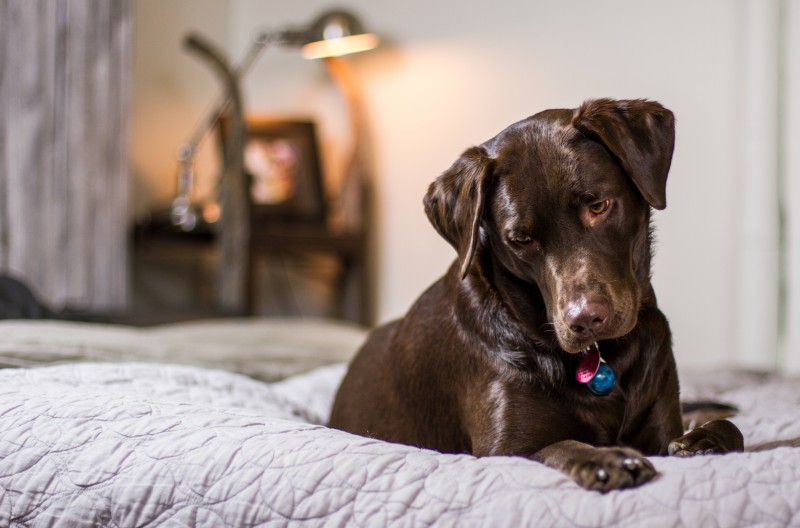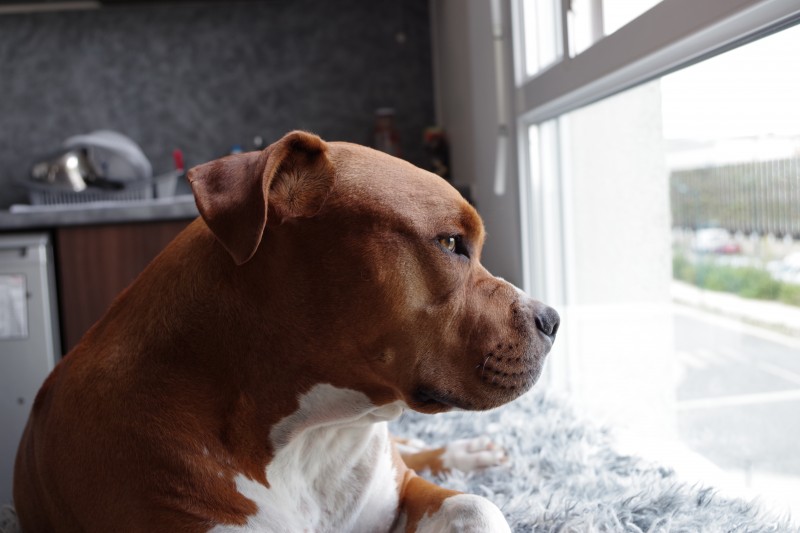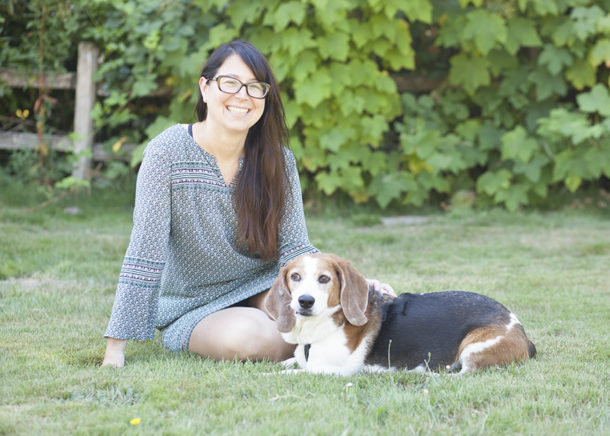Top tips for pet sitters looking after pets with separation anxiety
By Christy Caplan, CVT | March 9, 2018

There are many definitions of separation anxiety in animals, but we’re all familiar with the most common kind—dogs that panic when their owner leaves. As a Certified Vet Technician, I hear stories from pet owners and some of the most common symptoms are house soiling and destructive chewing. Dog behavior expert Patricia B. McConnell, Ph.D. explains that the most common symptoms are highly variable. “Separation anxiety (SA) can be a serious problem and dogs who suffer from it may panic when left home alone: they may soil the house, destroy window molding, howl for hours on end, pant, shake, or drool entire lakes of saliva when you leave,” says McConnell.
Range of potential symptoms:
- Panting or drooling
- Howling and non-stop barking
- Sweaty pads
- Trembling or shaking
- House soiling
- Appetite suppression
- Destructive chewing
- Desperate attempts to get out of their crate
If a pet owner describes these symptoms to you during your “Meet & Greet”, you’ll need to prepare a plan with the owner to keep their pets safe during—and after—your visits.
House sits or longer drop-in visits will help reduce separation anxiety.
One way to help pets with true separation anxiety is to keep them company by spending the day and possibly the evening in the house. This may or may not be possible given your schedule but if the animal has severe separation anxiety then a “house sit” vs. longer drop-in visits may be the best case scenario so prepare for this as a possible solution when meeting with the owner.
With that in mind, there are many tools and advice to give pet owners before they leave for their trip! And as the expert you should have specific tools prepared for after the owners leave and the pets are in your care.
How to make pets comfortable:
Before the trip, ask pet owners to keep their behavior when they leave the house super low-key. This may take practice as triggers can be small things like grabbing the keys and putting on a coat. They should practice putting on their coat but instead of leaving, watch something on their iPads for example. The goal is to teach the pet that these “triggers” don’t represent leaving the house which starts that anxiety. And this advice may make the pet visit less stressful overall.

During the visit, Low Stress Handling is key.
Through Low Stress Handling, we can now be more aware of how we provide a calming effect through our touch to any animal. For more information on how low stress handling can be applied to working with animals in any situation including pet sits, visit https://drsophiayin.com/blog/entry/tactile-learning-low-stress-handling-the-step-from-learning-to-doing/.
Top tools for the sit:
- A tired dog is a good dog! We all know this but it’s a great reminder to go out for a walk and perhaps in this case the walk needs to be a combination of nose work and cardio. The walks should also be in the daytime as that vitamin D is helpful for dogs that are anxious.
- Stuff those KONGs and puzzle toys!
- ThunderShirts (perhaps mention this to the pet owner before the visit) are a great solution for anxious pets. These are also made for cats.
- Find out from the owner what their “safe word” is when they leave like, “I’ll be back”. Ideally, they practiced leaving without setting off triggers. Having this information will be helpful.
- Always close the blinds or curtains while you’re at the house and make sure when you leave (if you leave) the anxious dog doesn’t have access to large windows if they like to bark at other dogs or the mailman. This should decrease the overall stress level.
- If they are normally left loose, talk to the owner about limiting them to a safe section of the house if you need to leave— predetermined areas of the house should be discussed with the owner.
- Try using Comfort Zone (DAP or dog appeasing pheromone) plug-ins and sprays in the environment to help ease anxiety. Mention that you may use this as a tool with the owner before they leave.
- Play music during your visit and leave on a TV or try music players available at icalmpet.com.
Remember that it’s important during the meet and greet to talk with the owner to determine the extent of the behavior and if separation anxiety has been diagnosed by a veterinarian. This information will help you plan ahead!
For additional resources, visit www.whole-dog-journal.com, keyword: “separation anxiety.”
Vet Disclaimer: Pet sitters are urged to consult directly with the pet’s veterinarian for any medical advice if the owner isn’t available and the symptoms mentioned in this article worsen or the animal tries to harm themselves. The information contained within this site is written for pet sitters and is not intended to be used for treatment and diagnosis of animals.

About Christy Caplan, CVT
As a Certified Vet Tech, PR veteran and content marketing expert, Christy Caplan uses social and digital media to connect and educate dog lovers. She lives with three hounds, and you can follow their adventures at mylifewithdogspdx.com.







Comments
Animal People Dog Boarding & Day Care
Caison Smith
Caison Smith
Derrence Lim
So I am dog sitting for my friend. He has left his dog with me numerous times. But this visit for some reason he got super clingy with my friend.
He just cried all night and paced around the apartment and also keep seeking attention. I am worried because he is a 15 year old husky and he never done this before whenever he drops him off at my place to look after him.
Ilene